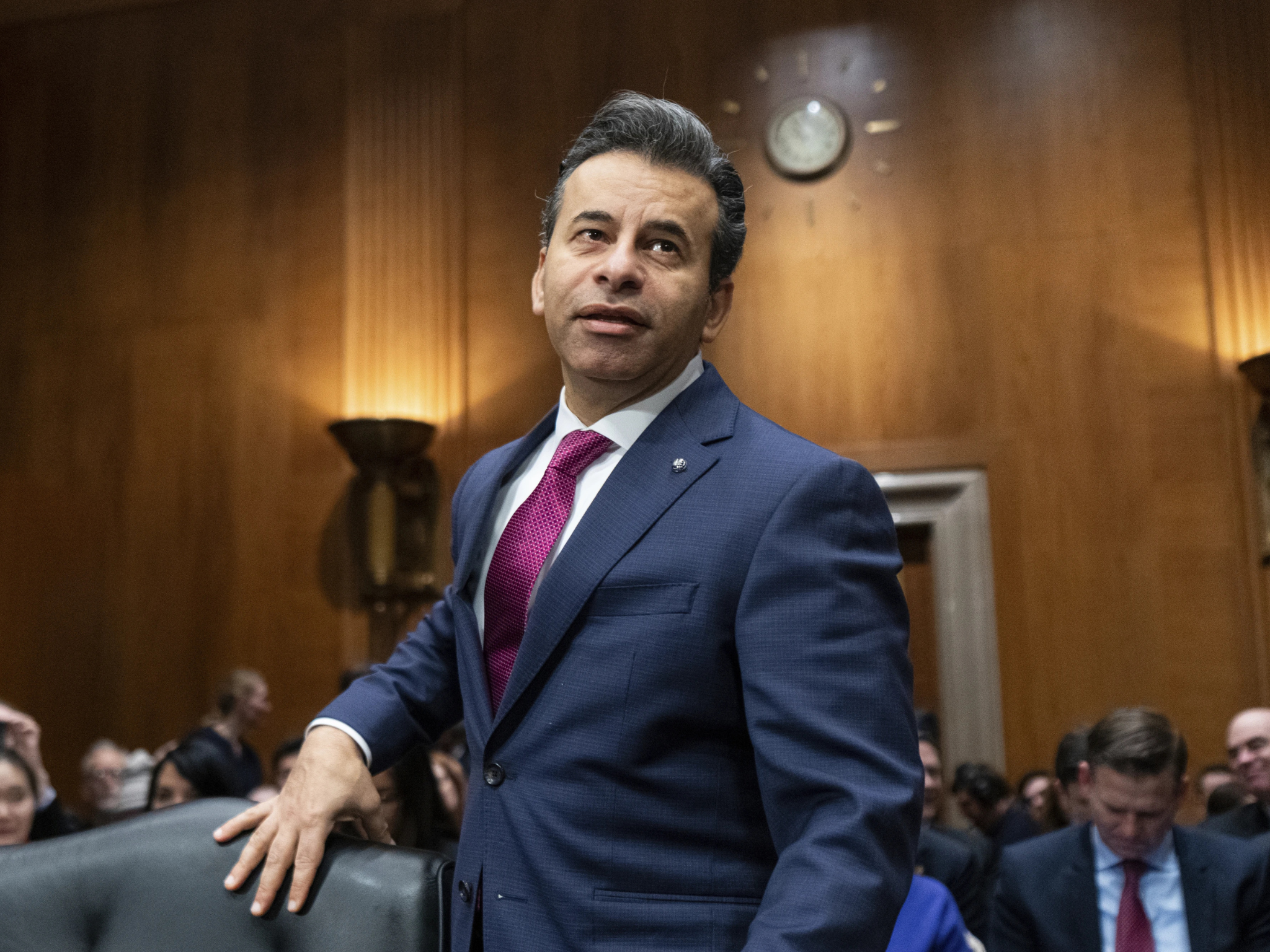In the growing debate over prescription drug prices in the United States, two competing approaches have emerged — one rooted in political dealmaking and the other in structured government policy. As attention turns to upcoming Medicare drug price negotiations, the tension between short-term agreements and long-term reform is becoming increasingly visible.
Former President Donald Trump has recently highlighted a series of new deals with pharmaceutical companies aimed at reducing the cost of popular weight loss and diabetes medications, such as Wegovy and Zepbound. These voluntary agreements, he claims, will help make treatments more accessible to Americans. However, while these announcements have generated significant media attention, Trump has said little about a government-led effort expected to have a far broader and more lasting impact — the Medicare drug price negotiation program, introduced under President Joe Biden’s Inflation Reduction Act of 2022.
The program grants Medicare the power to negotiate directly with drug manufacturers on some of the country’s most expensive medications, aiming to bring sustainable relief to millions of older adults. According to the Centers for Medicare and Medicaid Services (CMS), the second round of negotiated prices is set to be released by the end of November, covering 15 prescription drugs — including Ozempic and Wegovy — compared with 10 in the previous cycle. Although the new rates will not take effect until 2027, experts believe this process represents one of the most consequential steps toward lowering drug costs in U.S. history.
Differing perspectives on pharmaceutical cost restructuring
The contrast between Trump’s approach and the structured Medicare negotiation process has drawn attention from health policy experts. Trump’s strategy leans heavily on executive actions and voluntary deals with pharmaceutical companies rather than on legislative frameworks. His administration recently reached agreements with Novo Nordisk and Eli Lilly, the companies behind Wegovy and Zepbound, to reduce prices on certain doses. In exchange, the deals reportedly include tariff relief and faster Food and Drug Administration (FDA) review for new drugs — though details remain vague.
Critics contend that these types of agreements might yield immediate political wins instead of enduring resolutions. “These impromptu discussions seem to favor public declarations over fundamental reform,” stated Dr. Benjamin Rome, a health policy expert at Harvard Medical School. Rome highlighted that although reducing medication costs via executive decree could provide instant recognition, it lacks the foresight and responsibility inherent in the Medicare negotiation structure.
The voluntary agreements, though possibly advantageous for certain medications, also provoke concerns regarding openness and uniformity. In the absence of explicit supervision or official cost-management frameworks, specialists are still unsure if these will result in substantial financial relief for patients. Conversely, the Medicare negotiation initiative establishes a lawful and replicable procedure designed to progressively reduce expenses for an expanding catalog of pharmaceuticals.
The importance of Medicare’s bargaining power
The Inflation Reduction Act brought about a monumental change by empowering Medicare, the country’s foremost purchaser of prescription medications, with the ability to negotiate directly with drug producers. Prior to its enactment, the federal government was prohibited from price negotiations, allowing pharmaceutical firms to establish costs with minimal oversight.
The first round of negotiations, announced in 2024, targeted ten high-cost drugs, including the blood thinner Eliquis and several treatments for cancer and diabetes. These initial agreements, set to take effect in 2026, were projected to save Medicare enrollees around $1.5 billion in out-of-pocket expenses in their first year alone. The second round, now underway, is expected to have an even broader impact as it incorporates medications that have seen exponential growth in demand, such as the GLP-1 class used for diabetes and weight loss.
The Congressional Budget Office (CBO) projects a significant decrease in the negotiated costs of Ozempic and Wegovy by 2027, leading to an approximate one-third reduction in Medicare’s per-patient expenditure for these medications. This trend is expected to compel rival drugs, such as Mounjaro and Zepbound, to lower their prices, thereby increasing overall market savings.
For experts like Stacie Dusetzina, a health policy professor at Vanderbilt University, these developments reflect how formal negotiations can drive real market change. “We’re all awaiting the official release of the new prices,” she said. “It’s entirely possible that the anticipation of these negotiations has already influenced other pricing decisions.”
Political narratives and economic realities
Despite the program’s potential, Trump’s administration has remained largely silent about it. The White House instead continues to highlight its voluntary agreements with pharmaceutical companies as evidence of its commitment to lowering costs. In a written statement, spokesperson Kush Desai argued that while Democrats “touted the Inflation Reduction Act,” it ultimately “increased Medicare premiums,” claiming that Trump’s direct engagement with drugmakers is producing “historic” results.
Health policy analysts, however, caution against dismissing the Medicare negotiation process as ineffective. They note that while voluntary deals may generate attention, they cannot replace structured policy reforms embedded in law. “The Inflation Reduction Act’s negotiation program is not only active but expanding,” said Tricia Neuman, executive director of the Medicare policy program at KFF. “It’s designed to bring down the cost of far more drugs over time.”
Experts also point out that pharmaceutical companies face strong incentives to cooperate with Medicare. Refusing to participate in negotiations could mean losing access to one of the largest and most lucrative prescription markets in the world — a move few drugmakers are willing to risk. Several companies have challenged the negotiation authority in court, but none have succeeded in halting the process.
Rome reaffirmed that the negotiation structure put in place by CMS is intentional and robust. “This procedure has been meticulously designed and will persist annually,” he stated. “It’s improbable that separate agreements, even with prominent manufacturers, would undermine it.”
A more extensive influence on the cost-effectiveness of healthcare
The debate over how best to reduce drug costs reflects a deeper question about the future of healthcare policy in the United States. One in five adults report skipping prescriptions because of cost, according to KFF data — a stark indicator of the financial burden facing millions of Americans. For older adults on fixed incomes, the difference between a one-time discount and a permanent price reduction could determine whether they can consistently access their medication.
By establishing a structured negotiation process within Medicare, the Inflation Reduction Act aims to build a consistent system that progressively grows. With each subsequent phase, additional medications are included, incrementally transforming the financial landscape of the pharmaceutical sector. Should it achieve its objectives, this initiative has the potential to forge an enduring paradigm for harmonizing innovation, accessibility, and responsibility.
Meanwhile, Trump’s ad hoc agreements underscore the challenges of balancing politics with policy. Voluntary deals may deliver quick headlines and selective savings, but without systemic oversight, their long-term benefits remain uncertain. Experts warn that relying solely on private agreements could leave gaps in affordability and undermine efforts to establish consistent nationwide standards for pricing.
As the nation awaits CMS’s release of the new negotiated prices later this month, the contrast between these two strategies has never been clearer. On one hand, Trump’s approach relies on negotiation through influence — emphasizing speed and visibility. On the other, the Medicare program operates through legislation and institutional authority, prioritizing stability and fairness over immediate results.
The results of these strategies could influence the trajectory of pharmaceutical policy for many years ahead. For countless Americans grappling with escalating drug expenses, the implications are profoundly significant.
Ultimately, both approaches embody contrasting viewpoints on the management of governance and market dynamics. Although informal agreements might provide immediate respite, formalized negotiations hold the potential for a more lasting impact — a fundamental change in how the nation perceives health, equity, and responsibility within its core frameworks.







